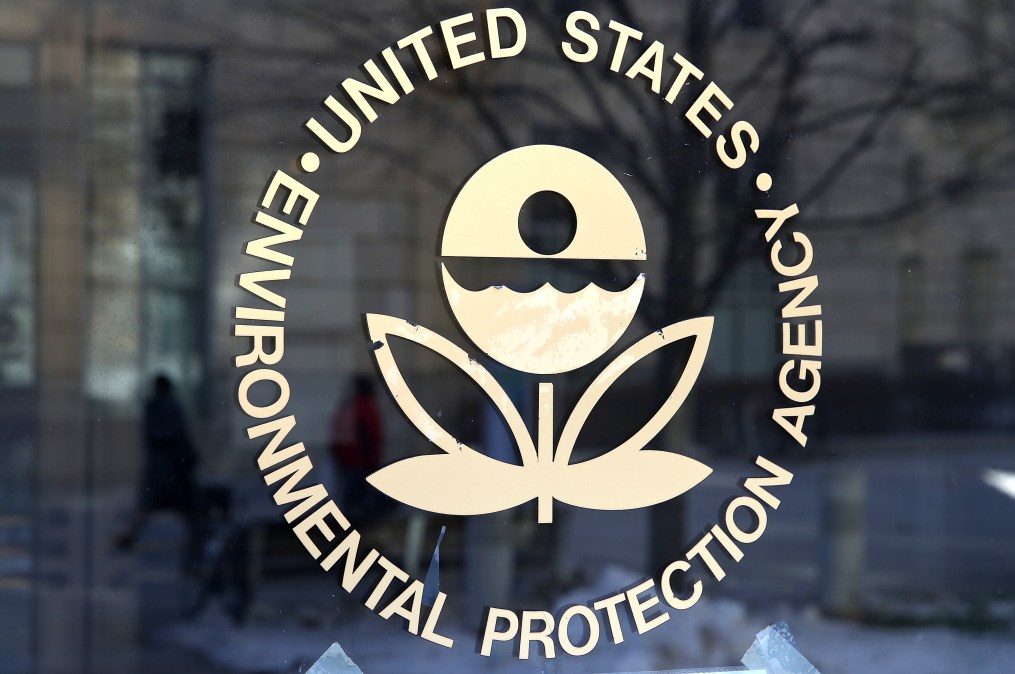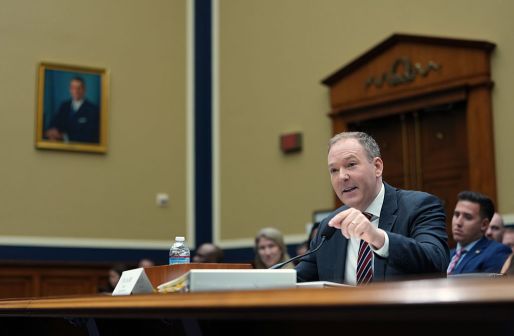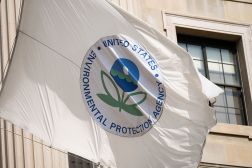EPA CIO Vaughn Noga details slew of new modernization efforts underway

The Environmental Protection Agency is undertaking an array of new modernization efforts that include projects digitizing historical records, automating workflows and using a ChatGPT-like generative artificial intelligence tool, the agency’s CIO told FedScoop.
In an interview, EPA CIO Vaughn Noga discussed technology transformation projects targeting modernization of the EPA’s internal operations, including a top-priority effort to digitize paper files and move them to the agency’s record management system under the work of its existing and in-development National Digitization Centers (NDC).
On top of that, Noga said the EPA has implemented an automated telework tool released at the beginning of October that routes telework schedules from an employee to their supervisor.
The EPA also is employing an AI tool that is “much like ChatGPT,” Noga confirmed in a follow-up email to FedScoop.
Noga said the agency approaches modernization by partnering with the 23 regions and programs within the agency “so we have a thorough understanding of what they’re doing, we understand what their systems portfolio looks like. We have conversations about where they’re going to modernize what they’re looking at.”
He added: “When you have that many programs and regions, there’s some shared opportunities for IT modernization or for new applications. So instead of having 23 folks go off and develop an application that does something, we look at where we can bring those business requirements together and develop at an enterprise level.”
The National Digitization Centers
The EPA is looking to open another NDC in the coming months. Those centers, Noga said, use low-code and no-code technologies through contract support to manage historical, non-active records. Internal organizations can send paper files to the NDC locations that are then digitized and put into the agency’s record management system.
Anecdotally, Noga said that before his current tenure, he worked running facilities for the agency — an experience that has informed his perspective on digitization now as CIO.
“Until you actually are seeing it firsthand, you don’t have a realization of what the total costs are,” Noga said. “It’s not just the high-density filing systems, it’s the space that we have to pay for to keep those files, it’s the management of those files.”
“One of the first things I did when I came back into this role from doing that, was really have a conversation with agency senior leadership, bond on the opportunity for changes,” he said. “Getting out of the paper file business, if you will, moving to a couple digitization centers.”
While the NDCs are not connected to the agency’s effort for automating workflows, Noga told FedScoop in an email that “[u]ltimately the NDCs could become the final location for records generated as part of workflow automation.”
Automated workflows
Another “big space” for the EPA, according to Noga, is automating the workforce and internal processes. He pointed to the COVID-19 pandemic as the “impetus for change to look at antiquated business processes.”
“One of the things that we’re really adopting is how we can leverage some of the tools that we already have to do automated workflows, to make it easier for the employees to do their work, but also makes it easier to glean information out of that data that we’ve collected,” Noga said.
Through its new telework approval form process, the agency uses technology to route the information from a request to a manager for approval. In doing so, employees receive an automated history of their telework request forms.
The agency can review and use the data from those forms for reporting purposes without doing data calls, according to Noga.
“There’s a lot of requests coming into any federal agency about looking for data or data calls, and it can be a time-consuming process,” Noga said. “You create a better user experience for the employee, and you’re also able to be more responsive…for any external or internal data requests.”
Generative AI
Noga, who also functions as the EPA’s acting chief AI officer (though, the agency is “actively recruiting and hiring” for an agency CAIO), said that automated workflows are a separate project from the EPA’s continued AI implementation, through which the agency is exploring a use case where “employees can develop prompts and get feedback from the generative AI tool.”
“That’s certainly something that we’re looking at and looking at how we adopt it internally,” Noga said. “And certainly, there’s a lot of concerns that we have on adopting technologies: privacy, managing our internal data, making sure we don’t have proprietary business information that gets out there within those open source tools.”
Noga said that the agency is spending “a lot of time” looking at the concerns, but it’s also considering how to make employees’ jobs easier. He clarified, however, that he does not “couple AI to workflow,” though there “could be opportunities to do that” down the road.
In the follow-up email to FedScoop, Noga said that the generative AI tool will operate much like OpenAI’s ChatGPT.
“We want to equip our employees with these new technologies, but we also want to make sure that they’re educated and trained on it, and they know the proper use of it,” Noga said. “We want folks to be able to use these new technologies to increase the productivity within their space.”
He added: “Part of introducing generative AI-based technologies isn’t just the technology, it’s how you communicate it, how you train on it, how you articulate the do’s and don’ts.”






